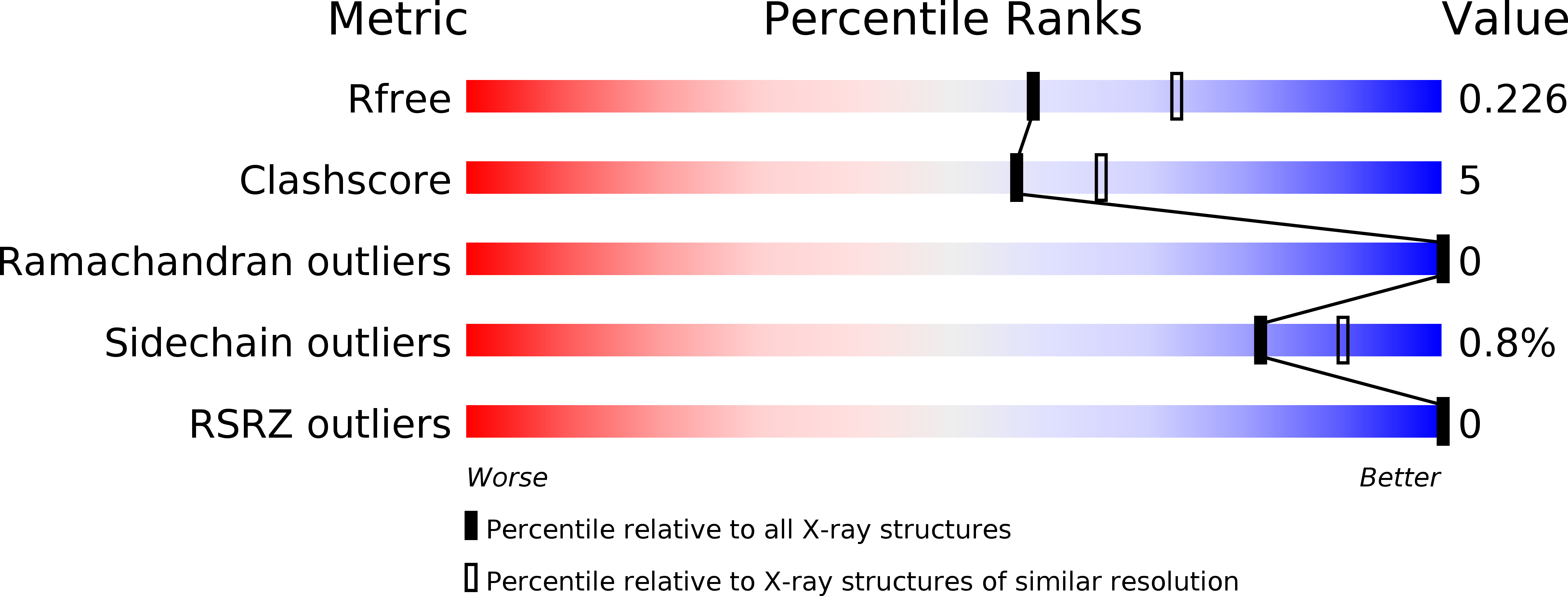
Deposition Date
2007-05-02
Release Date
2007-10-09
Last Version Date
2024-10-30
Entry Detail
PDB ID:
2PQL
Keywords:
Title:
Crystal Structure of Anopheles gambiae D7R4-tryptamine complex
Biological Source:
Source Organism:
Anopheles gambiae (Taxon ID: 7165)
Host Organism:
Method Details:
Experimental Method:
Resolution:
2.20 Å
R-Value Free:
0.24
R-Value Work:
0.17
R-Value Observed:
0.17
Space Group:
P 43


